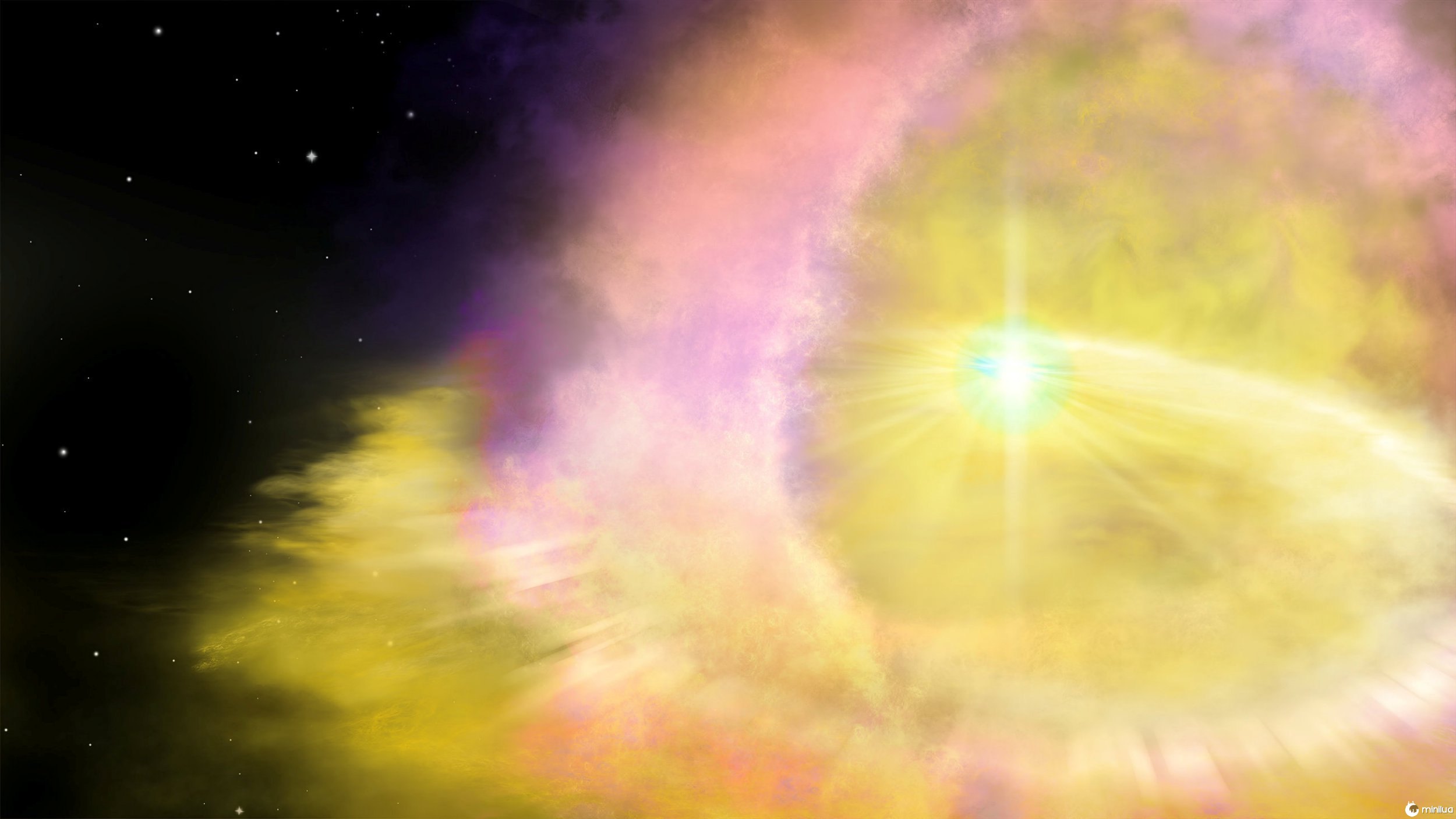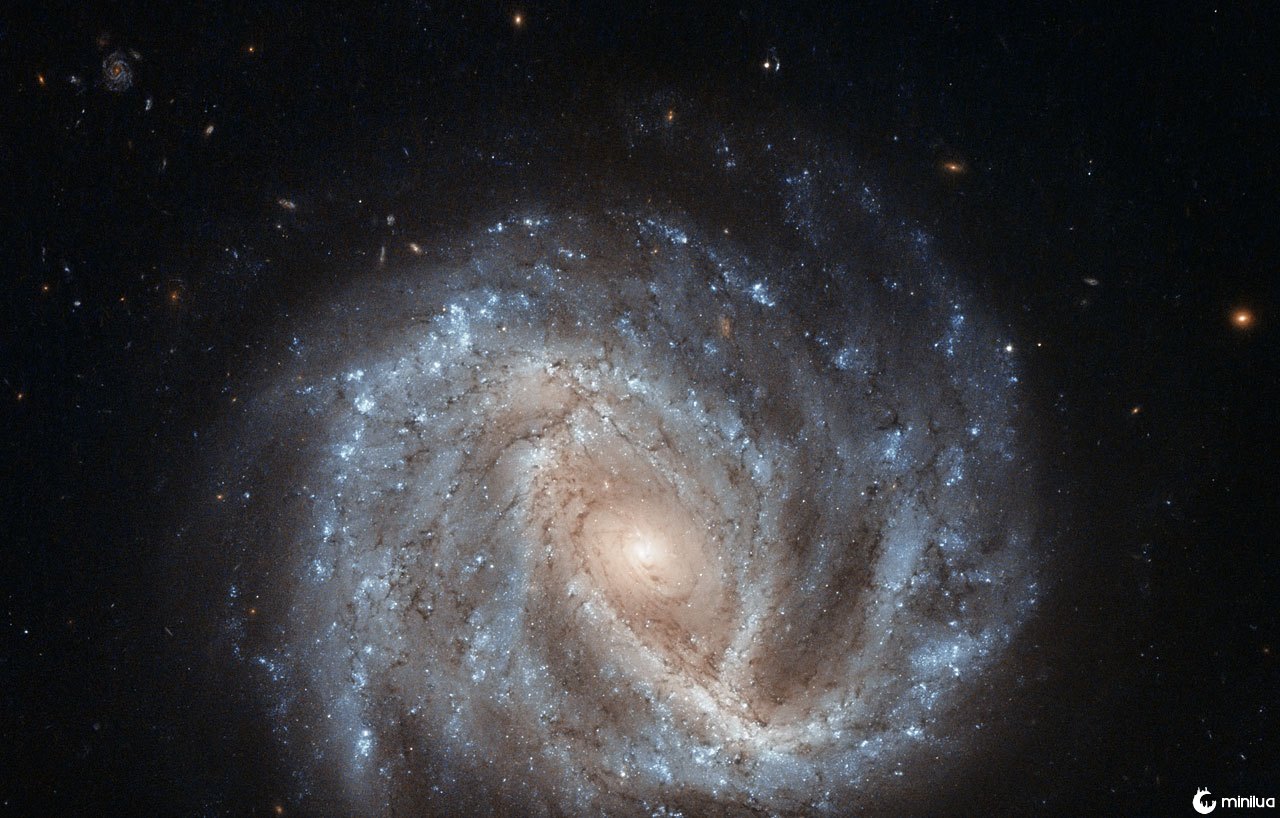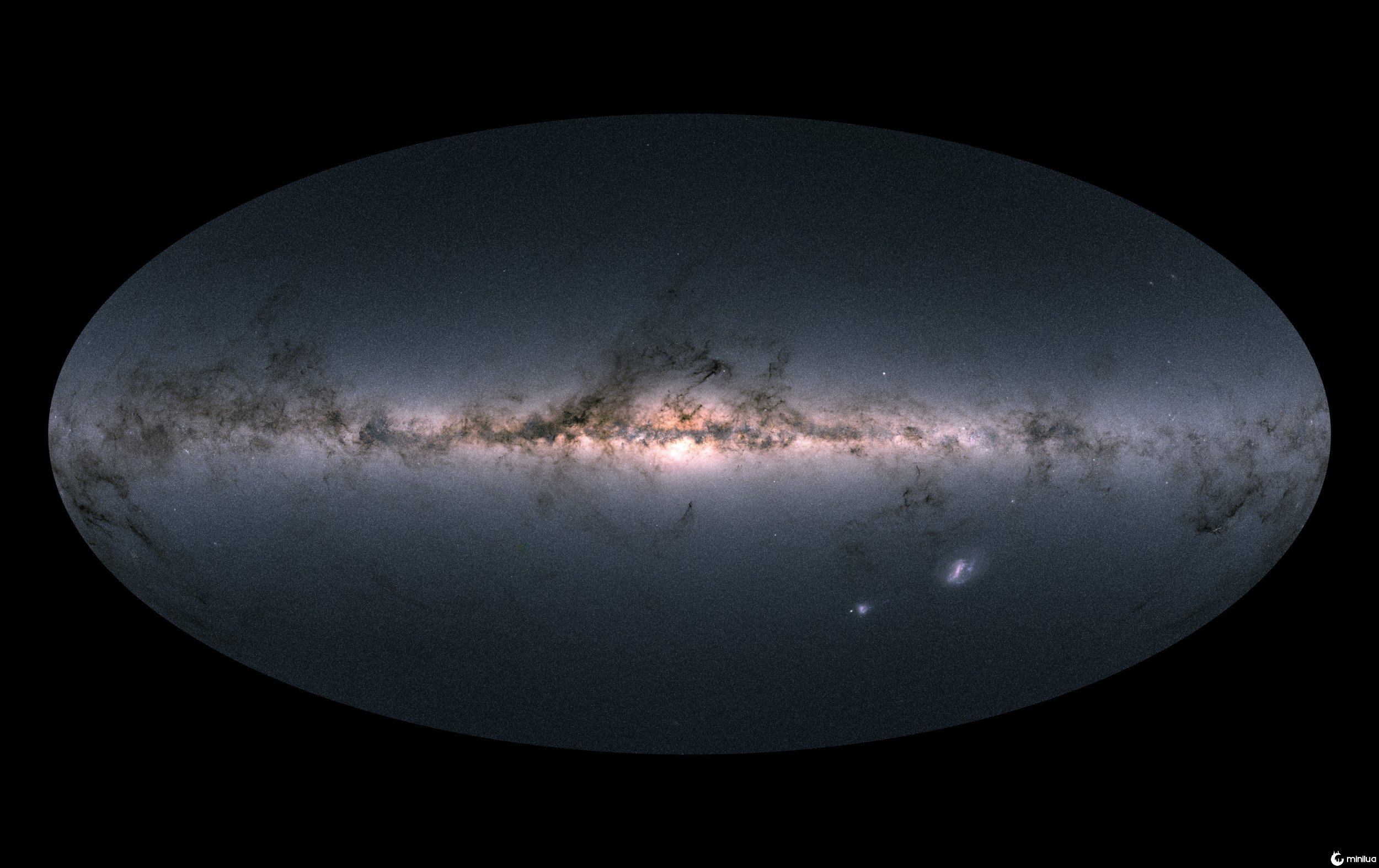Os astrônomos descobriram uma explosão gigante de supernova brilhando duas vezes mais do que qualquer outra no universo, até 100 vezes maior que o nosso sol, segundo cientistas britânicos.
A bola brilhante de massa é pelo menos duas vezes mais brilhante e enérgica do que qualquer outra já registrada e é considerada extremamente rara.

As supernovas ocorrem quando uma estrela chega ao fim de sua vida e ocorre uma explosão.
Estrelas moribundas são descobertas todas as noites, mas a maioria está em vastas galáxias, enquanto esta parecia estar sozinha no meio do nada.
Especialistas dizem que a supernova, chamada SN2016aps, poderia ter sido formada a partir de duas partidas maciças que se fundiram antes da explosão como resultado de um evento extremamente raro conhecido como instabilidade de pares pulsantes.
A observação de um fenômeno desse tipo seria a primeira no mundo, já que esses eventos até agora só existem na teoria e nunca foram confirmados por observações astronômicas.
O principal autor do estudo, Dr. Matt Nicholl, da Universidade de Birmingham, disse: Podemos medir supernovas usando duas escalas - a energia total da explosão e a quantidade dessa energia que é emitida como luz ou radiação observável.
Super Em uma supernova típica, a radiação é inferior a um por cento da energia total. ‘Mas no SN2016aps, descobrimos que a radiação era cinco vezes a energia de explosão de uma supernova de tamanho normal.
Esta é a luz mais que já vimos emitida por uma supernova. 'As supernovas podem levar à formação de novas estrelas (Nasa).
Para se tornarem tão brilhantes, especialistas dizem que a explosão deve ter sido muito mais energética do que o habitual.
Ao examinar o espectro de luz, a equipe descobriu que a explosão foi causada por uma colisão entre a supernova e uma enorme concha de gás, lançada pela estrela nos anos anteriores à explosão.
O autor do estudo, Peter Blanchard, da Northwestern University, EUA, disse: ‘Embora muitas supernovas sejam descobertas todas as noites, a maioria está em galáxias massivas.
Este imediatamente se destacou por mais observações, porque parecia estar no meio do nada.

"Não conseguimos ver a galáxia onde esta estrela nasceu até depois que a luz da supernova desapareceu."
O professor da Universidade de Harvard, Edo Berger, disse que a descoberta não poderia ter chegado a um momento melhor com a inauguração do novo observatório infravermelho orbital da Nasa, permitindo eles olhem para trás no tempo.
Ele disse: 'Encontrar esta supernova extraordinária não poderia ter chegado em um momento melhor.'
"Agora que sabemos que essas explosões energéticas ocorrem na natureza, o novo Telescópio Espacial James Webb da NASA poderá ver eventos semelhantes tão distantes que podemos voltar no tempo para a morte das primeiras estrelas do universo", observaram os astrônomos.
A explosão por dois anos até que a estrela moribunda diminuísse para 1% de seu pico de brilho. Usando essas medidas, eles calcularam que a massa da supernova era entre 50 a 100 vezes maior que o nosso sol.
Enquanto as supernovas têm massas entre 8 e 15 massas solares. A supernova brilha duas vezes mais do que qualquer outra no universo (Getty) Dr. Nicholl disse: ‘Estrelas com massa extremamente grande sofrem pulsações violentas antes de morrerem, sacudindo uma gigantesca concha de gás.
Can Isso pode ser alimentado por um processo chamado instabilidade do par, que tem sido um tópico de especulação para os físicos nos últimos 50 anos. Se a supernova acertar o tempo, ela poderá alcançar essa concha e liberar uma enorme quantidade de energia na colisão.

"Acreditamos que este é um dos candidatos mais convincentes para esse processo já observado e provavelmente o mais massivo".
Os pesquisadores disseram que o SN2016aps continha outro quebra-cabeça. O gás que eles detectaram era principalmente hidrogênio, mas uma estrela tão grande normalmente teria perdido todo o seu hidrogênio através de ventos estelares muito antes de começar a pulsar.
O Dr. Nicholls disse: ‘Uma explicação é que duas estrelas ligeiramente menos massivas ao redor, digamos 60 massas solares, se fundiram antes da explosão. As estrelas de menor massa mantêm seu hidrogênio por mais tempo, enquanto sua massa combinada é alta o suficiente para desencadear a instabilidade do par.
”O Supernova 2016aps foi detectado pela primeira vez em dados do Sistema de Resposta Rápida e Telescópio Panorâmico de Pesquisa (Pan-STARRS), um grande programa de pesquisa astronômica em escala.
A equipe também usou dados do Telescópio Espacial Hubble, dos Observatórios Keck e Gemini, no Havaí, e dos Observatórios MDM e MMT, no Arizona.
Outros colaboradores incluem a Universidade de Estocolmo, a Universidade de Copenhague, o Instituto de Tecnologia da Califórnia e o Instituto de Ciências do Telescópio Espacial.






